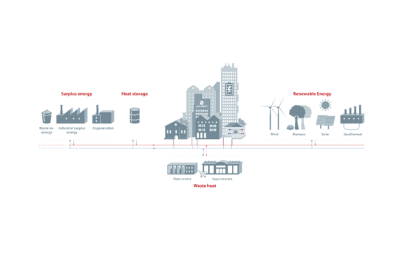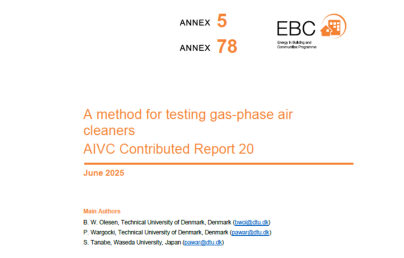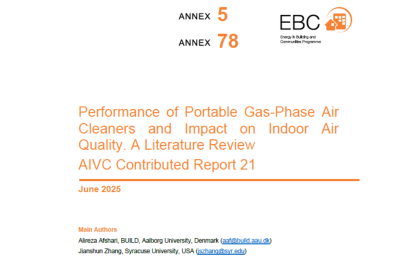
Standardised methodologies and dataset for Energy Performance Labelling of buildings

Standardised methodologies and dataset for Energy Performance Labelling of buildings
Final report by ELISE (Energy and Location Applications), that addresses the need to improve energy efficiency of the building stock. In order to do so, they highlight the need to develop standardised calculation methodologies and interoperable building data to perform energy simulations.
According to studies carried out by European Commission Directorate-General for Energy (DG ENER), buildings are responsible for approximately 40% of the primary energy consumption in Europe. Therefore, there is a vital need to take actions to improve the energy efficiency of the building stock.
Predictions of the heat demand at the building level, for an entire district or city, could provide valuable support to different stakeholders involved in the energy efficiency policy cycle. However, these predictions are hampered by the lack of standardised calculation methodologies and interoperable building data to perform energy simulations.
Another drawback is the low degree of comparability of the predictions. The latter has different causes: different calculation methodologies, diverse accuracy of building data, heterogeneous encoding of data and different ways of representing and visualising data.
Predictions of energy heat demand using the simulation software SimStadt have been produced, analysed and compared in four different case studies in three different Member States.
The simulations were done with 3D building data of different accuracy and from different sources, which made it possible to identify significant causes of mismatch between simulations and real consumption scenarios. Several mapping exercises between the CityGML standard and the INSPIRE Directive data models have been documented to improve the interoperability of input and output datasets used in the simulations.
jrc124885_01.pdf
English (11.17 MB - PDF)
